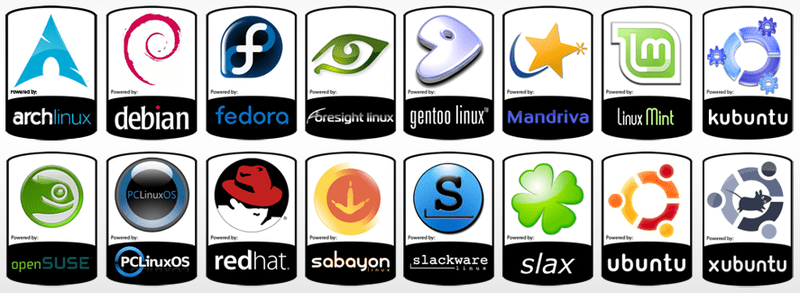Red Hat is clearly in the pole position. To its credit, it established itself as a noteworthy entity prior to others on this list. It was the first to go public, and it has not looked back. Even with traditional behemoths like IBM and HP breathing down its neck. Red Hat was smart to form partnerships with these larger entities, which helped catapult them to the number one position. The culmination of these strategic moves has resulted in a reading of between 800 and 900 over the course of the last six quarters. That is twice the results of the distribution in the number two slot.
The number two position is occupied by CentOS. With it being an extremely close cousin to Red Hat Enterprise Linux, this probably does not come as too much of a shock. Essentially, CentOS waits for Red Hat to release its stable version, then they remove the Red Hat trademarks and rebuild them with .centos on any packages that are changed. Thus, for all intents and purposes, these two distributions are nearly mirror images of themselves. As a result of these operating procedures, corporation's are asking for CentOS between 375 to 425 out of 10,000 in its job listings.
Following CentOS is Ubuntu. A Debian offshoot that was brought into prominence by Canonical, it has made strides on others even after its late arrival, relatively speaking. Initially gaining traction as a user friendly individual operating system, it has made its way into the enterprise. Perhaps somewhat astonishing, it finds itself right behind CentOS. The number of corporation's that have asked for Ubuntu over the last six quarters has ranged from 280 to 330. Not too bad considering the time to market it gave up to the leaders.
Last, but surely not least, is Suse. This one came as quite a surprise at first to me. For a number of years, the question seemed to be Red Hat or Suse in the corporate world. That has obviously changed, and Suse finds itself on the losing end. One could speculate why that might be the case. My opinion is that the scenery was always changing at Suse. While Red Hat remained a sole entity throughout all these years, Suse has been bought and sold on a couple of occasions. First was Novell in 2004, then part of the Attachment Group in 2011, and now it finds itself under the Micro Focus umbrella. Surely, all those transitions have taken a toll on the company, and the numbers bear that out. The range for Suse has been 100 to 200 over the past year and a half. More importantly, the number has been closer to 100 than 200 in the last two quarters. Therefore, we will see if the erosion continues, or if it will reverse itself.
Those four distribution's seem to be the focus of corporation's at the present time. As always in the open source software landscape, things are always evolving at a fairly rapid pace. There may be a new competitor lurking in the weeds, however, it does take time to gain the trust of the corporate decision makers. Thus, my expectation is that there will not be a new entrant in the near future.
Finally, one might be wondering why the numbers tend to be small in comparison to other categories we have covered. And, that thought process is quite valid. After all, these 10,000 job listings of which we compile our data all have an open source software bent to them. A score for Red Hat in the thousands would surely seem to make sense. But, one must remember that in most instances corporation's will tend to just use “Linux”, as opposed to detailing specifically which distribution it is using. However, based on the marketshare numbers I have seen throughout the years, these numbers somewhat fall in line with what has been reported.

